The Moscow World Trade Center is one of the largest multi-profile business complexes in Russia, which provides more than 500 world — class services for efficient work and full rest.
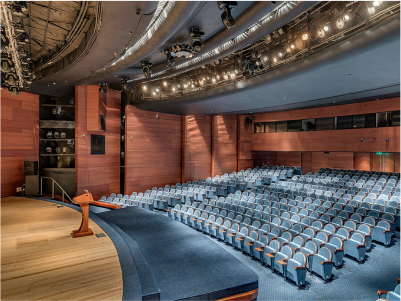
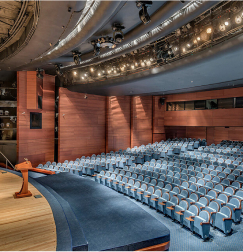
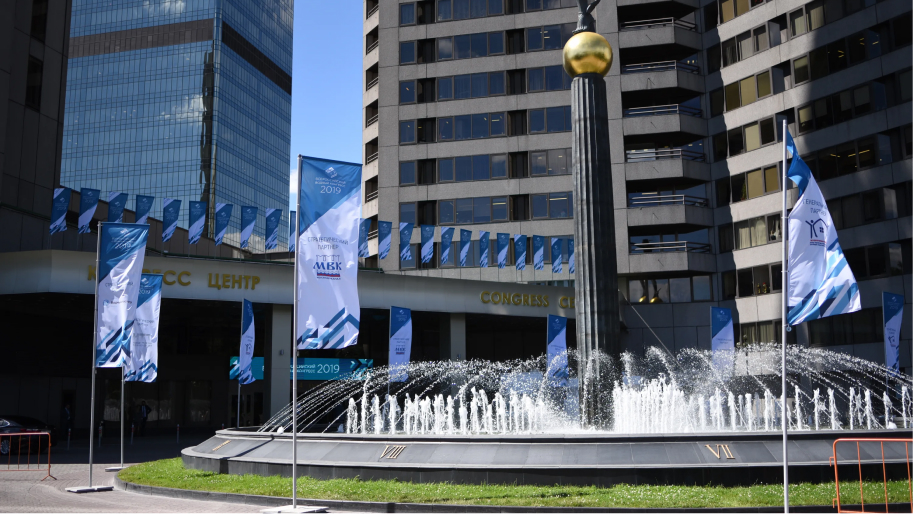

Inform the user about all public activities

Help to use the loyalty program and use a virtual bonus card with a QR-code instead of a plastic one

Simplify orientation inside the complex of buildings using a virtual map with a navigator
Development of the architecture and UI of the application based on mock data
Developing a middleware server and switching to working with real data
Testing and debugging of the application on real data
The first stage
To increase the speed of development, we assembled a team of 4 Flutter developers, a designer, a tester and a project manager, thanks to which the UI layout was completed in 3 weeks. Additionally, a local mock server was developed, which allowed the application to emulate receiving data from API.
The second stage
To exchange real data, we developed a middleware service that interacted with the client's application and systems via API (a Bitrix website, a loyalty system and a Bitrix24-based corporate portal). This solution was the most optimal and did not require unnecessary improvements on the backend in the future.
The third stage
Testing the application on real content. In order to find and correct errors that did not manifest themselves when using test data at previous stages, we asked the WTC staff to fill their systems with up-to-date data. We paid special attention to the checks when switching the application to English-language content, because many sections of the systems were modified specifically for interaction with the application and were not previously used.
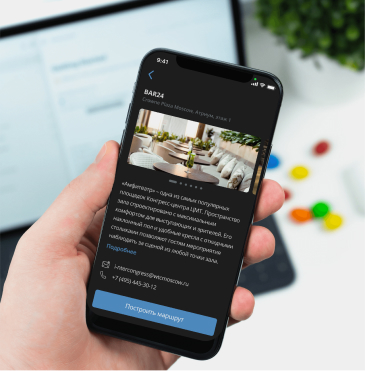
Each object of building infrastructure has a personal card
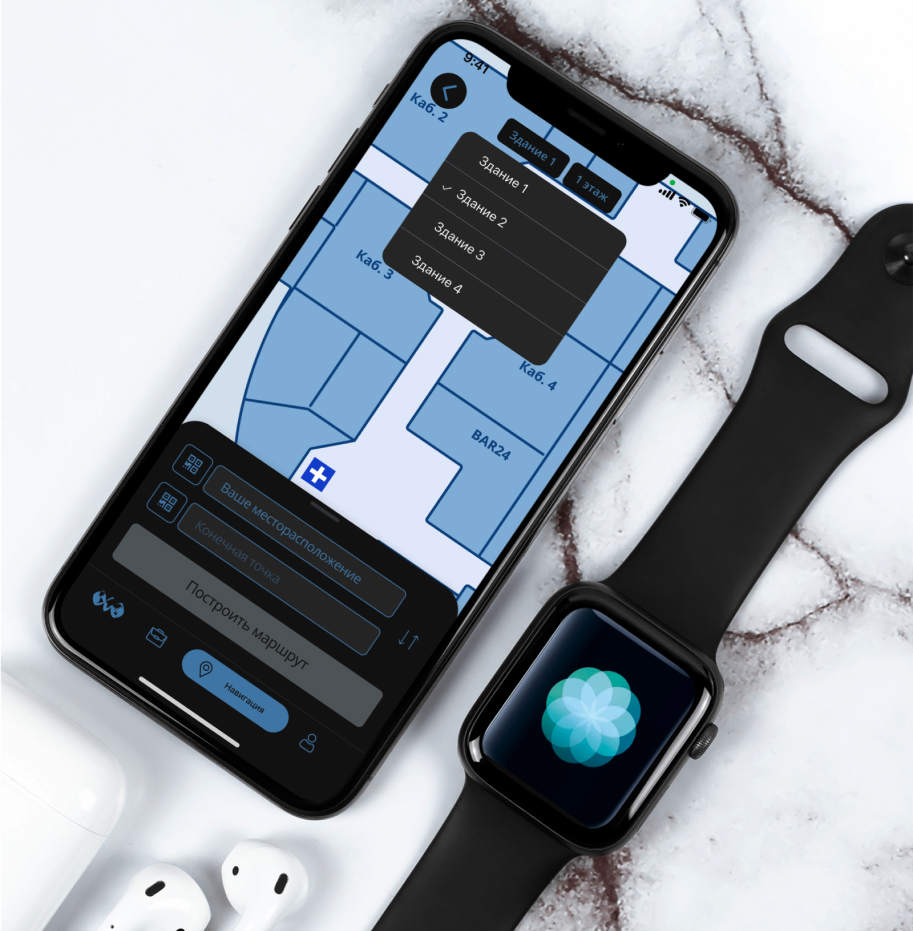
Implemented an interactive map for navigation inside the buildings
apps for iOS and Android
months of development
people in the team
methods of API
builds for internal testing
man-hours